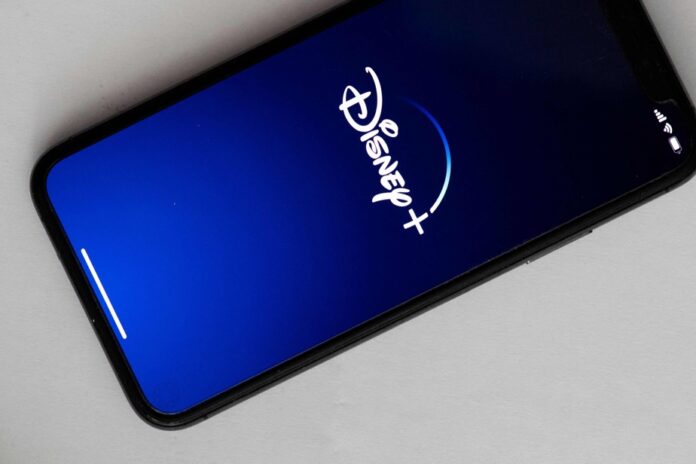(San Francisco) Disney, the Disney streaming platform launched with fanfare at the end of 2019, lost subscribers for the third consecutive quarter, but the California group has promised to turn the corner this summer and improve its profitability.
This is not the only concern of the Enchanted Kingdom, which is suffering from a historic strike by screenwriters and actors and from mediocre receipts in cinemas and on television channels, its traditional channels.
On Wednesday, Disney released mixed quarterly results for the April-June period – $22.3 billion in revenue, up slightly year-on-year, but slightly below analysts’ expectations – and announced an increase in price for Disney.
The monthly subscription to the platform, without advertising, will thus increase from 11 to 14 dollars in October in the United States, double the initial price four years ago.
“We had already raised our prices in 2022,” Bob Iger, the company’s boss, recalled during a conference call on Wednesday. “And we hadn’t seen any significant drop in subscribers, which was heartening.”
The company also plans to tighten the screw in 2024 on the sharing of passwords between users to prevent them from enjoying content for free.
This method allowed Netflix to see its number of subscribers jump in the second quarter. The pioneer of the sector has more than 238 million worldwide, compared to 146 million for Disney.
From the end of September to the end of June, the Mickey and Marvel platform lost 18 million subscribers in all, mainly due to the Indian market. Hotstar, the local version of Disney, weighs almost a third of the world total, but it has lost the rights to broadcast the national cricket championship.
In North America, the service recorded a slight decline of 1% in the number of subscribers, the second consecutive.
But this summer, Disney subscriber numbers outside of India will “rebound in the United States and internationally,” promised Kevin Lansberry, acting chief financial officer.
Bob Iger is also pleased that 3.3 million people have subscribed to the subscription with advertisements since its launch at the end of last year.
In financial terms, the streaming business remains loss-making, but it continued to reduce its operating losses in the quarter, to $512 million from $1 billion last year at the same period.
“It’s encouraging,” commented Paul Verna of Insider Intelligence, “but it’s mainly due to massive layoffs and lower content spending, rather than real growth.”
Disney also saw its sales of films and programs to cinemas and television channels decrease by 7% year-on-year, to $6.7 billion. The business’ operating profit plunged 23% to $1.9 billion.
Only revenue from amusement parks, cruises and related products increased substantially, by 13%, to $8.3 billion.
On Wall Street, Disney’s stock initially fell in electronic trading after the close of trading on Wednesday, but rose nearly 3% after price hike announcements.
Under the leadership of boss Bob Iger, the Enchanted Kingdom has undertaken to make savings this year, in particular by eliminating 7,000 positions and reducing content production.
Recalled at the helm at the end of 2022, Mr. Iger, 72, had already led the company from 2005 to 2020. The group’s board of directors voted unanimously in July to extend his contract until the end of 2026.
But the iconic leader has lost popularity in recent months. He is facing a historic strike: the actors joined the screenwriters in mid-July to demand an increase in their remuneration, at half mast in the era of streaming, and want to obtain guarantees against the use of artificial intelligence (AI ).
“Unrealistic” demands, according to Bob Iger, shouted down in protests from Los Angeles to New York.
“Nothing is more important to this company than its relationship with the creative community, actors, writers, directors and producers,” he said Wednesday, before pledging “personally to work to find solutions. “.
In the meantime, the strike will allow Disney to save money, said Kevin Lansberry, since the studios are spending less.















